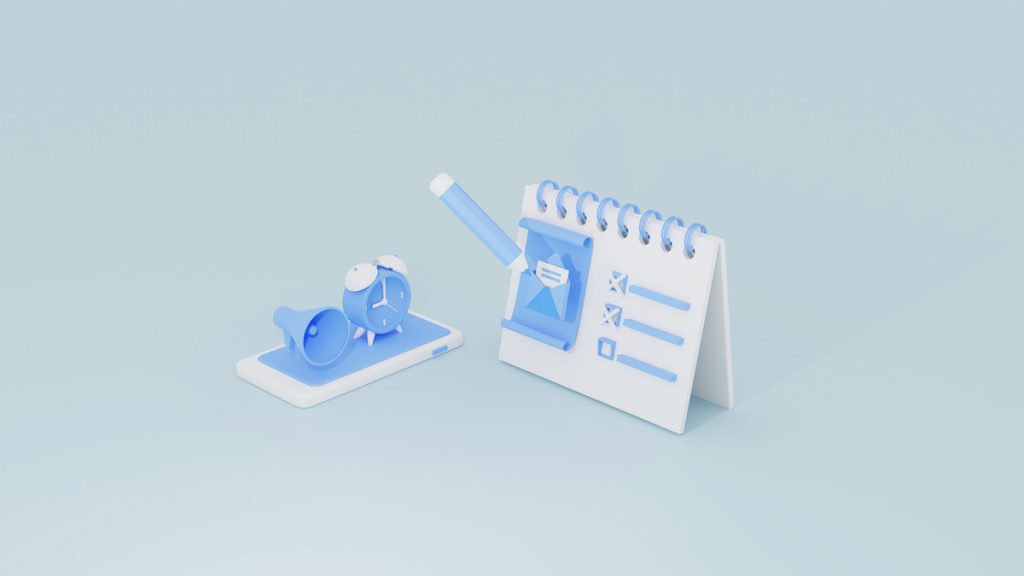Event emailing is a crucial marketing technique for any business organization or event planner in charge of any corporate event. This comprehensive guide provides an overview of best practices for event email marketing with a focus on handy tips and techniques written to help optimize your email marketing campaigns. For those interested in implementing all these strategies, please create html email to begin the process of enhancing your event outreach now.
Understanding Event Email Marketing
Event email marketing refers to the systematic utilization of email as a tool of communication for events. This approach assists organizations in reaching prospects that may be interested in attending the event and informing them of relevant updates.
Key Components
1. Target Audience Analysis
Email marketing as a strategy for promoting an event starts with segmentation analysis of the target audience. This involves dividing the audience into groups based on characteristics like age, working status, and hobbies. This would involve having past event data, survey responses as well as the engagement metrics and from this analysis, marketers would be in a position to know their audience better.
2. Content Relevance
To sustain and intensify recipient involvement, the content of your electronic mail must match the curiosity and necessity of your patrons. This encompasses selecting topics, language, and offers that appeal to the target consumers. For instance, if your event is a technology conference, the emails you send should contain aspects such as industry news, speaker introduction, and technology features which is likely to be of interest to tech-savvy people.
In combination with the above components, marketers are able to craft fantastic event marketing emails that engage and influence the audience.
Designing Your Event Email Marketing Campaign
The importance of event email marketing strategy cannot be overemphasized as it significantly defines the success of every event campaign. It involves several stages:
Planning
Determine all the objectives for your campaign whether it is raising awareness of the event or selling tickets and format your emails.
Execution
Make a schedule of your emails with the time when sending out invitations, reminders, and follow-ups after the event.
Practical Tips for Event Marketing Emails
1. Personalization
Personalize addresses by the recipient’s name and filter content in accordance with their preferences and previous actions.
2. Mobile Optimization
Make sure that the e-mail can look good and stand out when viewed with mobile devices.
3. Clear Call-to-Action
Ensure that the audience knows the next step you would like them to take, whether this is to sign up for the event or follow up on the information provided.
Such practices can come in handy in enhancing the open and conversion rates of your email marketing communication.
Designing Impactful Email Campaigns
Successful email marketing event depends mostly on its design aspect.
– Use of Images: Usually, incorporate attractive images that have something to do with the event.
– Layout and Typography: Make it easy to read and clear the navigation through the email.
Adding a link can certainly aid in increasing user participation as it makes it convenient for the users to register or check more information.
Evaluating Performance Using Key Performance Indicators
Open Rates
Open rates are among the most basic metrics of email marketing that define how many people are opening your e-mails. Higher open rates usually mean the subject lines are great and people are interested in the content of the emails. Such rates are best measured over time, so you can identify when you need to adjust your subject lines or delivery times for optimum exposure.
Click-through Rates
Open rates tell you how many people have opened your email, while click-through rates (CTRs) show how many of those people have clicked links in the email. This metric comes in handy when determining the level of interaction of your content, as well as the efficiency of CTA placement. Increasing CTRs has to do with fine-tuning the message content, message layout, and the appeal of the offers being made.
Conversion Rates
Conversion rates measure the effectiveness of your email as a means to drive the intended action from the recipients such as signing up for an event, buying tickets, etc. This is closely related to the ROI of your campaign and is one of the most important factors for evaluating the success of email marketing.
Common Pitfalls to Avoid
Be wary of these common mistakes in email marketing for events:
1. Over-emailing
Sending a barrage of emails to your audience can compel them to opt out.
2. Neglecting Segmentation
Using this approach of sending the same message to all the contacts the level of engagement will be low.
Conclusion
The use of event email marketing is one of the most effective ways to enhance the interactivity and results of events. Here is how you can improve on the event messages to the different audiences and meet the attendees: It is important to ensure that you are checking on your campaigns often and make adjustments on your strategies as per your findings to help enhance on them. Include content in your messages that will capture the audience’s attention, incorporate relevant images, and divide your audience into segments in order to send them appropriate messages.

